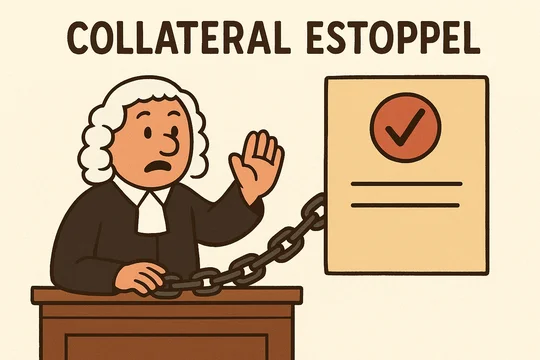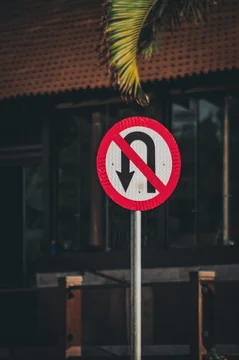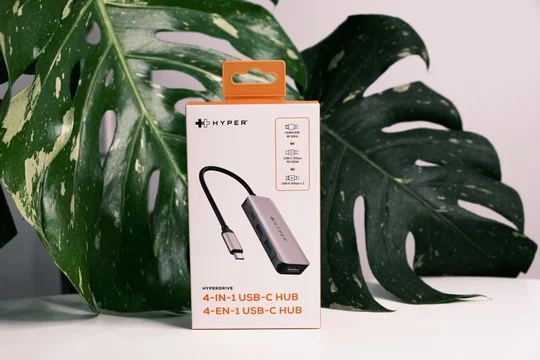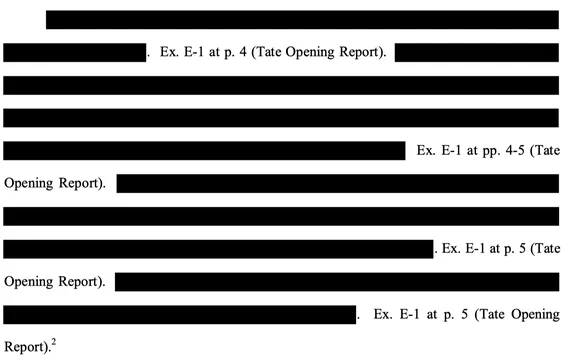
Judge Williams issued a noteworthy SJ opinion last week in Cisco Systems, Inc. v. Ramot at Tel Aviv University, Ltd., C.A. No. 21-1365-GBW (D. Del.).
Cisco involves a DJ action where the accused infringer is challenging the validity of a patent based on the pre-AIA § 102 on sale bar, alleging that a a third party sold a product that embodied the claimed method more than one year before the patent application.
The patentee seemingly agreed with the basic facts, but moved for summary judgment of no invalidity on the theory that the the sales were "secret."
What does "secret" mean here? At least for the purposes of this motion, the parties assume …








